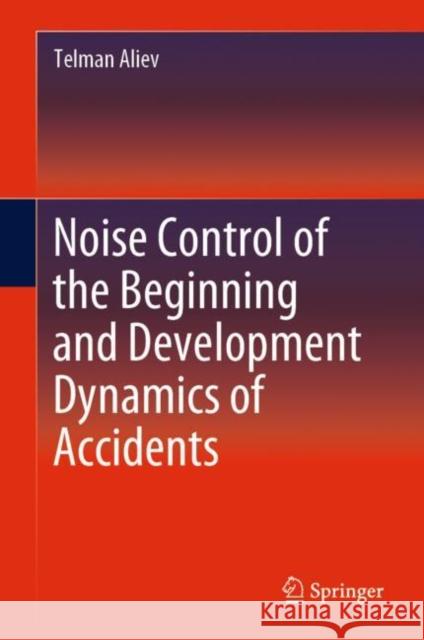Noise Control of the Beginning and Development Dynamics of Accidents » książka
topmenu
Noise Control of the Beginning and Development Dynamics of Accidents
ISBN-13: 9783030125110 / Angielski / Twarda / 2019 / 201 str.
Noise Control of the Beginning and Development Dynamics of Accidents
ISBN-13: 9783030125110 / Angielski / Twarda / 2019 / 201 str.
cena 403,47 zł
(netto: 384,26 VAT: 5%)
Najniższa cena z 30 dni: 385,52 zł
(netto: 384,26 VAT: 5%)
Najniższa cena z 30 dni: 385,52 zł
Termin realizacji zamówienia:
ok. 22 dni roboczych
Bez gwarancji dostawy przed świętami
ok. 22 dni roboczych
Bez gwarancji dostawy przed świętami
Darmowa dostawa!
Kategorie:
Kategorie BISAC:
Wydawca:
Springer
Język:
Angielski
ISBN-13:
9783030125110
Rok wydania:
2019
Wydanie:
2019
Ilość stron:
201
Oprawa:
Twarda
Wolumenów:
01











